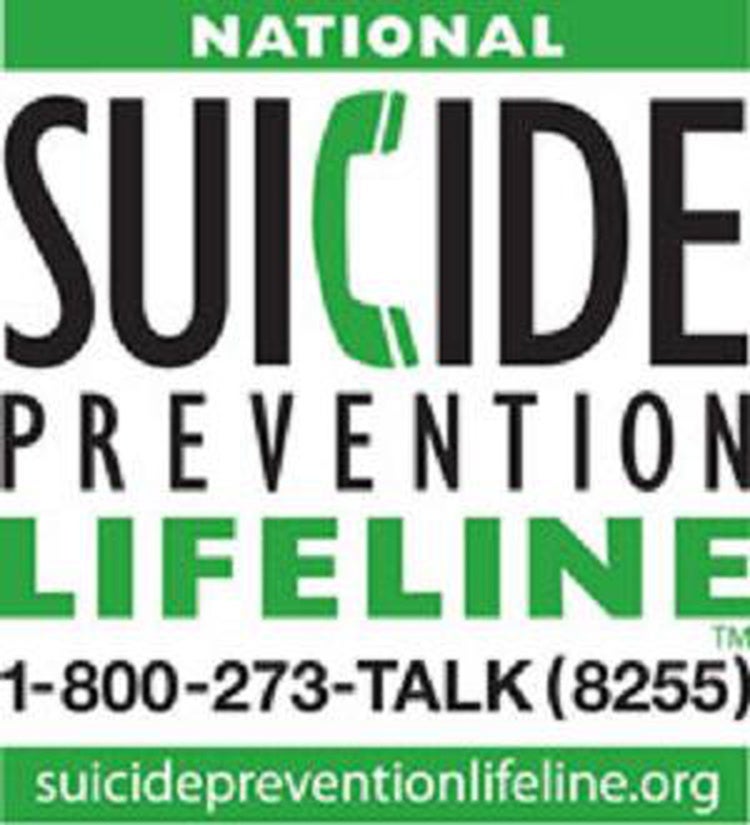
The recent deaths of fashion designer Kate Spade and celebrity chef Anthony Bourdain shocked the world. It is especially upsetting for people who feel like they have nothing to live for to look at wealthy celebrities who seemingly have it all (fame, money, success) and yet still feel like taking their own lives is the only solution.
Suicide incidences often increase following a highly publicized celebrity suicide and the method used is often repeated. This phenomenon is often referred to as suicide ‘contagion’ defined as: “the exposure to suicide or suicidal behaviors within one’s family, one’s peer group, or through media reports of suicide and can result in an increase in suicide and suicidal behaviors.” Following comedian and actor Robin Williams’ death by suicide in 2014, suicides in the US increased by 10% according to a recent study published in PLOS ONE.
Suicide is a major problem in the United States. It is now the 10th leading cause of death in the country. Suicide rates have been increasing over the years and in 2016, almost 45,000 Americans died by suicide, double the number of people who died by homicide that year.
Suicide is not just a problem in the United States. Globally, nearly 800,000 people die from suicide annually, which equates to one person every 40 seconds, according to the World Health Organization.
There are many predictors of suicide including depression and anxiety and having disorders such as bipolar, depression, psychotic disorders like schizophrenia, and Post traumatic stress disorder. Risk factors include family history of suicide, family history of child maltreatment, previous suicide attempt(s), history of mental disorders, particularly clinical depression, history of alcohol and substance abuse, feelings of hopelessness, impulsive or aggressive tendencies, barriers to accessing mental health treatment, loss (relational, social, work, or financial), physical illness, and easy access to lethal methods.
While there are a number of predictors of suicide, it is still difficult to predict who will commit suicide. In fact, the Centers for Disease Control and Prevention (CDC) reports that more than half (54%) of people who commit suicide did not have a known mental health condition.
The CDC lists 12 Suicide Warning Signs:
- Feeling like a burden
- Being isolated
- Increased anxiety
- Feeling trapped or in unbearable pain
- Increased substance use
- Looking for a way to access lethal means
- Increased anger or rage
- Extreme mood swings
- Expressing hopelessness
- Sleeping too little or too much
- Talking or posting about wanting to die
- Making plans for suicide
The National Suicide Prevention Lifeline number is: 1-800-273-8255 and is available 24 hours a day. It is important for people who feel any of the symptoms above or who have ever contemplated suicide to seek help. Additionally, anyone who knows someone who may be at risk should take action by calling the lifeline number, going to the National Suicide Prevention Lifeline website, or reaching out to a professional.



